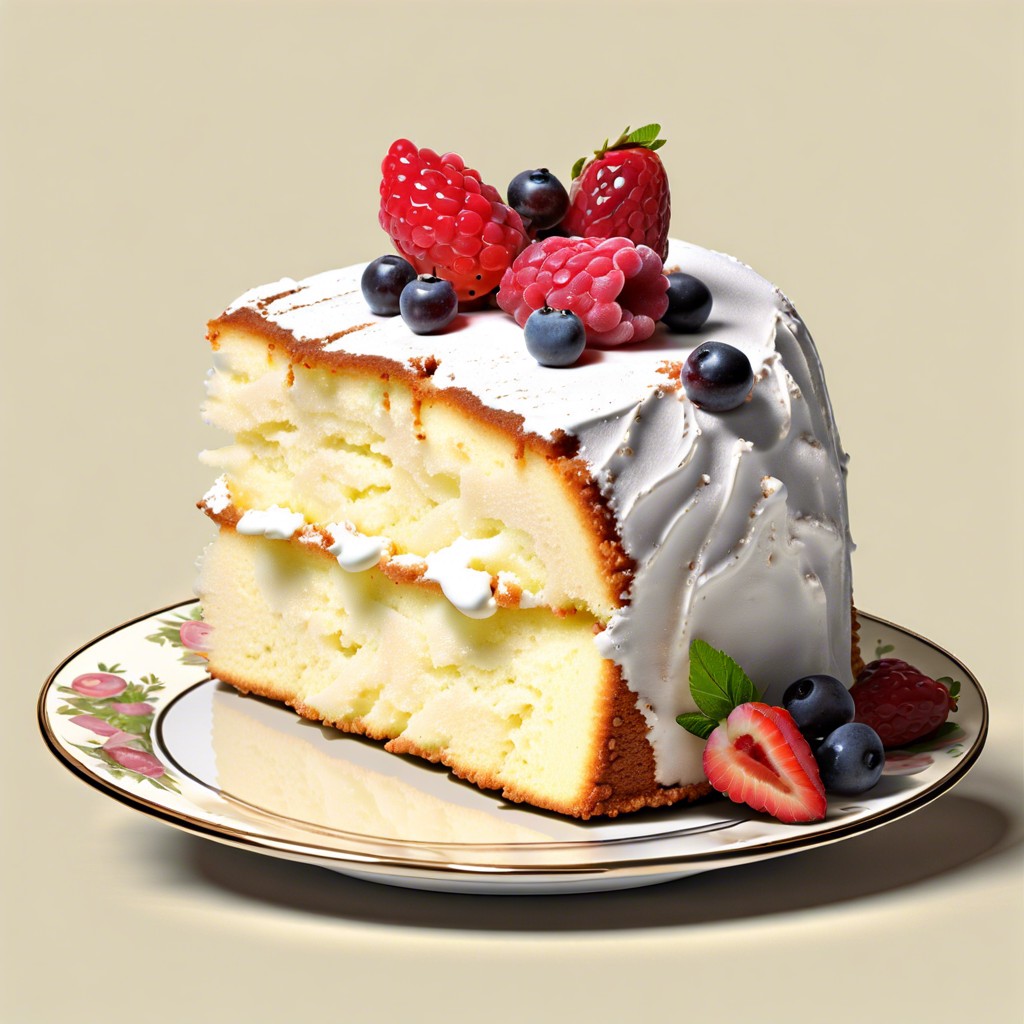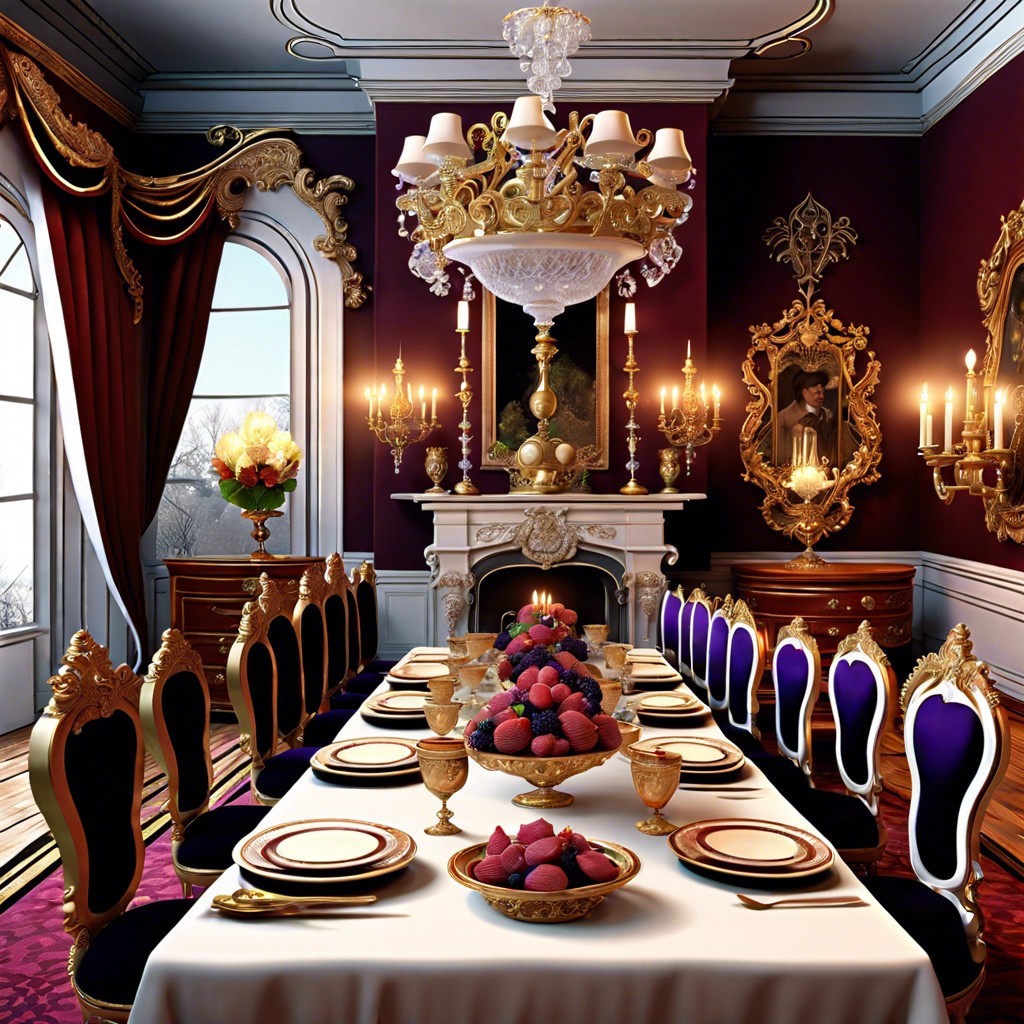Last updated on
Discover the enduring allure and practicality of vintage Tupperware, from its mid-century origins to its collectors’ appeal today.
Key takeaways:
- Vintage Tupperware evolved in design, color, and functionality over time.
- Values of vintage Tupperware vary based on condition, rarity, and demand.
- Care for vintage Tupperware by hand-washing, avoiding heat, and protecting from sunlight.
- Tupperware revolutionized food storage and empowered women through the home party model.
- Tupperware’s cultural impact extends globally, representing American consumerism.
History of Vintage Tupperware
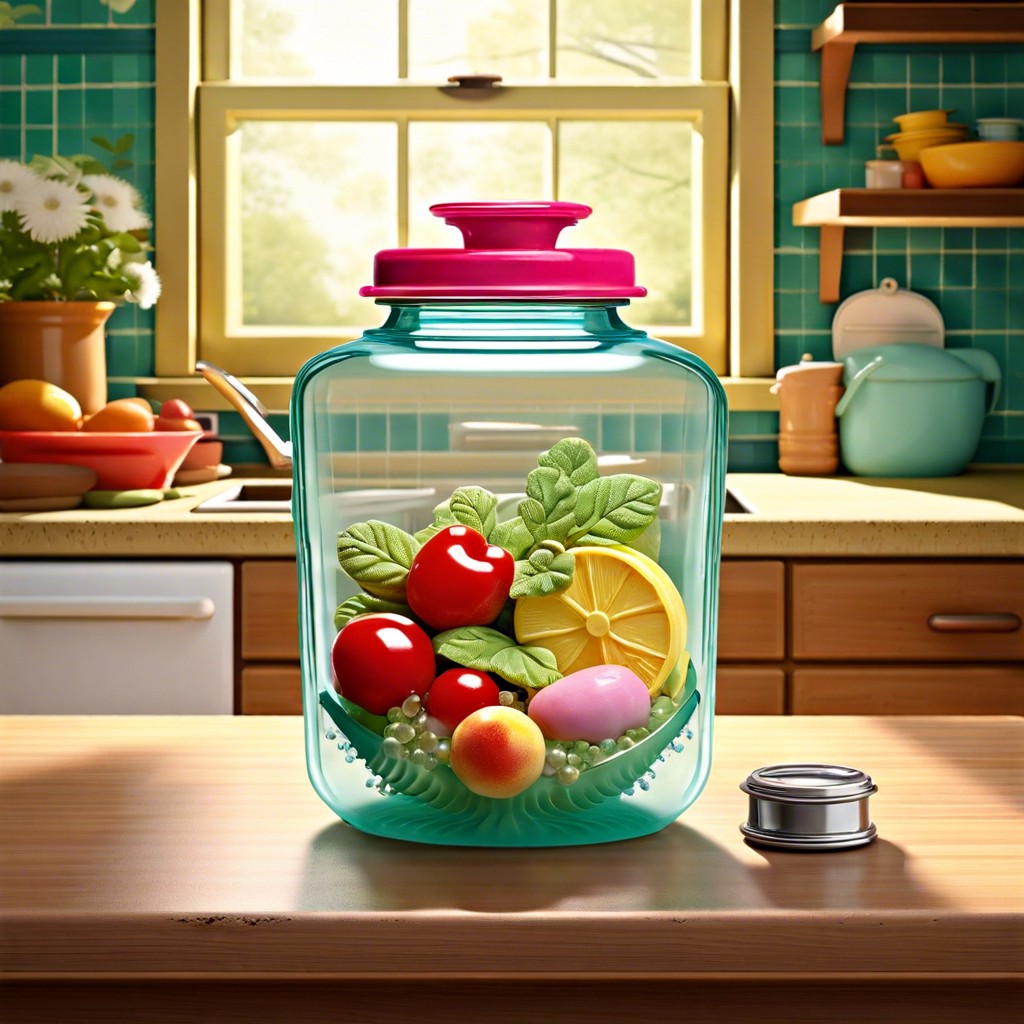
Earl Tupper invented Tupperware in the 1940s, utilizing his experience with plastics during World War II. Initially, sales were sluggish, as consumers were unfamiliar with the airtight seals and the product did not perform well on store shelves.
The Tupperware Home Party concept was the brainchild of sales executive Brownie Wise, who understood the potential of direct selling. This move revolutionized the marketing strategy, with Tupperware parties becoming a cultural phenomenon and significantly boosting the product’s popularity.
By the 1950s, Tupperware’s innovative design, which included the iconic “burping seal,” had gained international fame. The brand expanded rapidly, offering an ever-growing array of containers designed for food storage, preparation, and serving.
Throughout the second half of the 20th century, Tupperware became a household name, with the colorful, durable containers becoming collectors’ items. The early designs, colors, and styles, especially those no longer in production, are now considered vintage and often sought after by enthusiasts.
Design Evolution
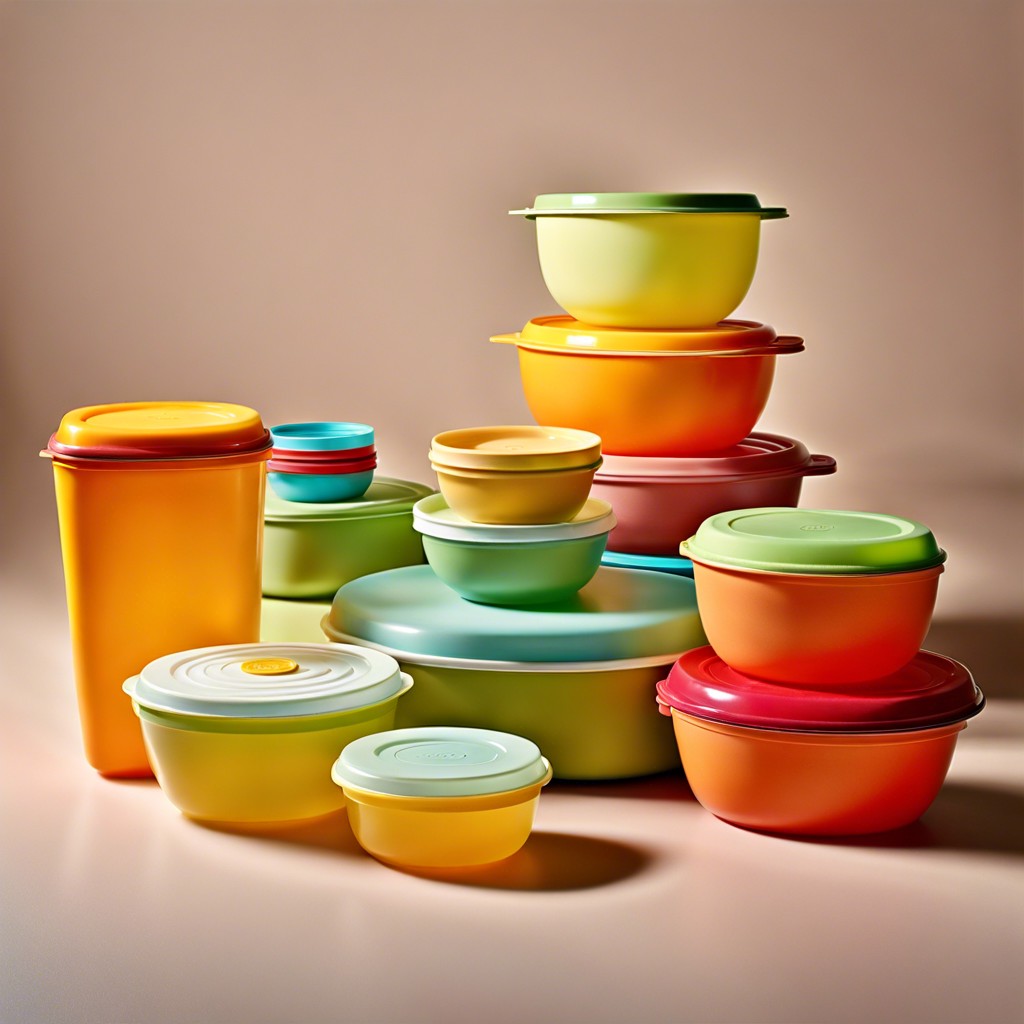
From its inception in the 1940s, Tupperware has undergone significant changes in design, reflecting both technological advances and shifting consumer tastes. Early models of Tupperware containers were characterized by simple, utilitarian shapes and a limited color palette dominated by pastel hues. These pieces often featured the ‘burping seal’, a design innovation that allowed for airtight storage by pressing down on the lid to expel excess air.
As the decades progressed, so did the designs. The 1960s and 1970s brought bold colors and more ornate styles, aligning with the vibrant and experimental aesthetic of the era. Lid designs evolved, featuring more user-friendly tabs and, eventually, the signature one-touch seal system.
By the 1980s and 1990s, the company had incorporated more modular and stackable designs, catering to the need for efficient use of space in the kitchen. Transparency in material became popular, as it allowed for easy identification of contents without the need for labels.
The adaptability of the company’s design philosophy ensured that Tupperware remained a fixture in homes worldwide. Each era’s distinct design traits are now cherished by collectors and home enthusiasts alike, symbolizing the innovative spirit of Tupperware’s evolution.
Vintage Tupperware Values and Price Guide
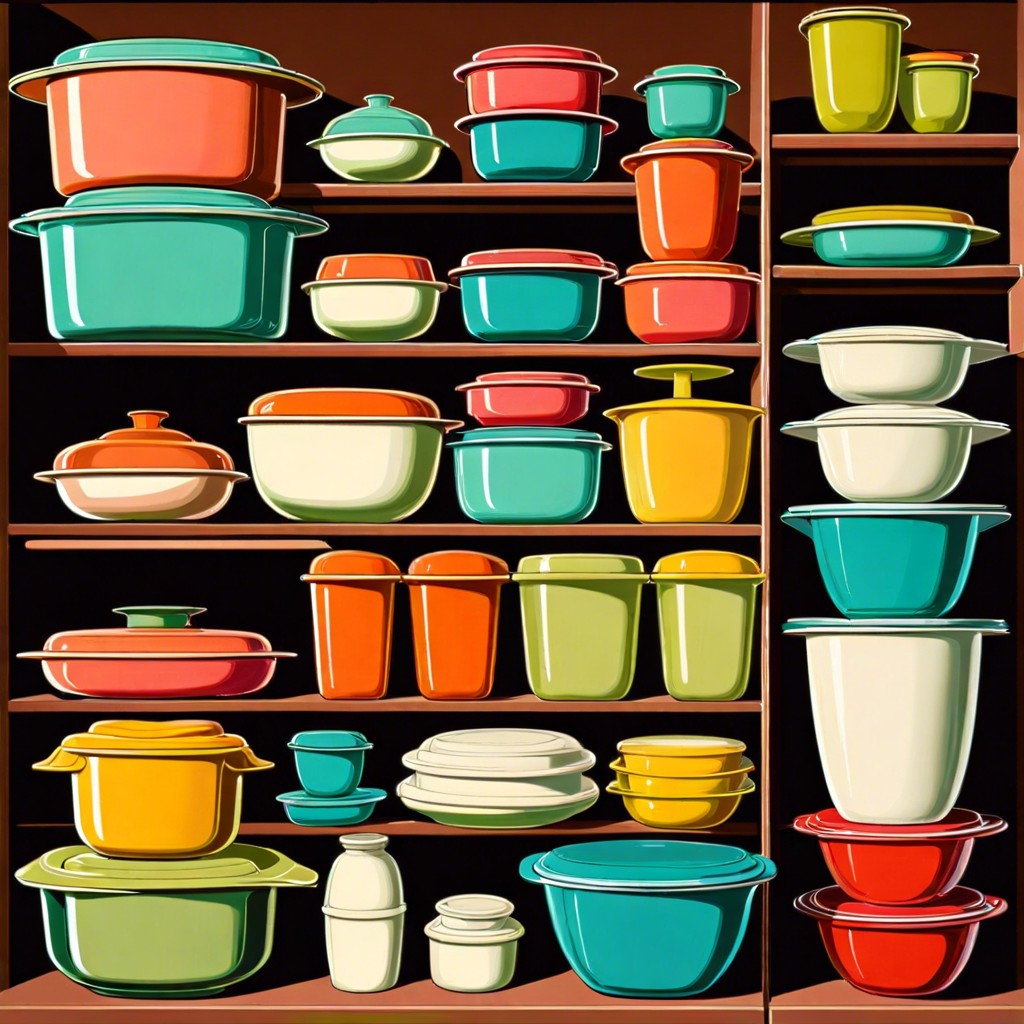
Values of vintage Tupperware pieces vary widely, influenced by condition, rarity, and collector demand. Pristine items with original paperwork often fetch higher prices. Common finds like stacking tumblers and serving trays might garner modest amounts, whereas unique items such as the Millionaire line, including the crisper set and salt and pepper shakers, can command significant sums.
Collector interest particularly peaks for items from the 1950s and 1960s with original colors and designs that reflect the mid-century modern aesthetic. Seasoned collectors may pay premiums for complete sets or pieces that possess unique historical significance, such as those given as prizes during Tupperware parties.
To determine the value of a piece, compare it against recent sales on auction sites, price guides, and consult with antique dealers specializing in vintage kitchenware. Note that prices fluctuate, so monitoring the market is key to understanding current trends. Careful research equips buyers and sellers with the knowledge to make informed transactions.
Caring for Vintage Tupperware
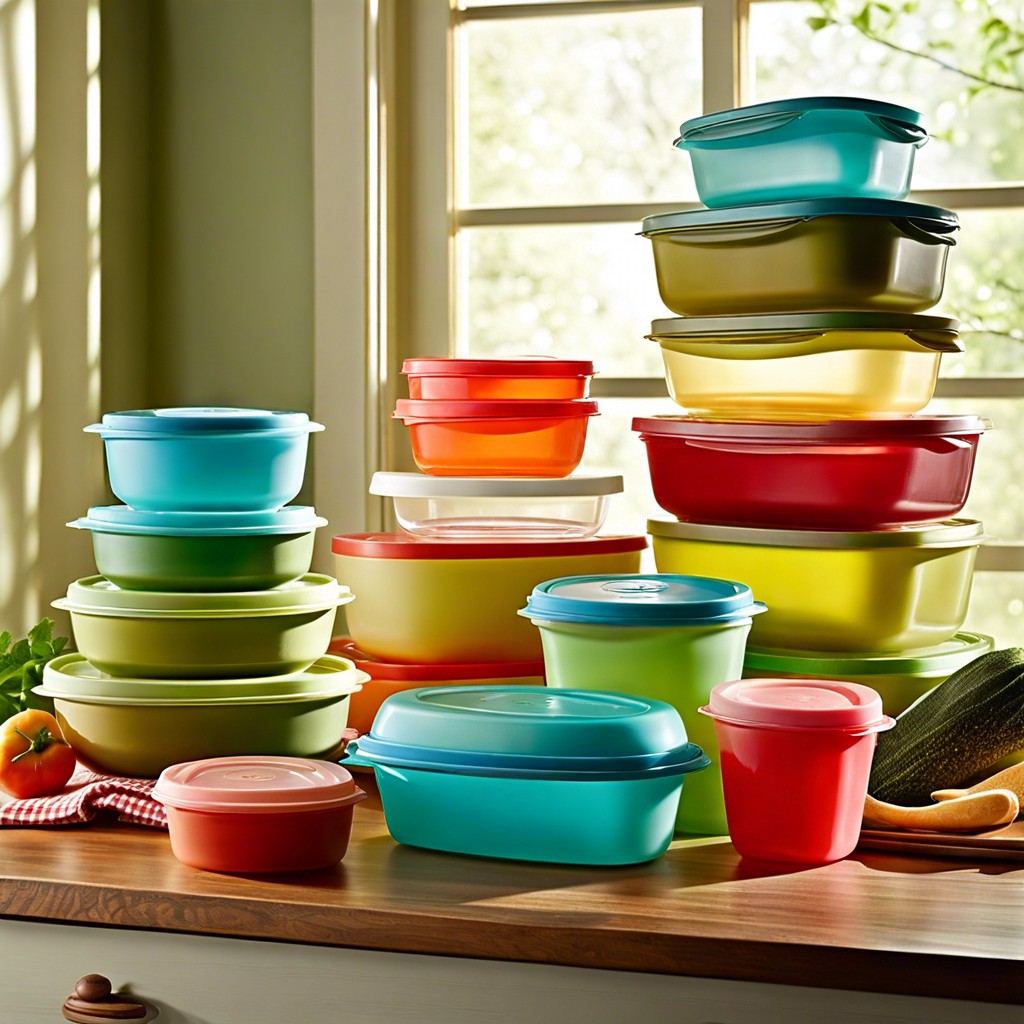
Preserving the integrity of vintage Tupperware requires specific attention to material and age. Plastic from earlier periods can become brittle and is sensitive to heat:
- Hand-wash with mild detergent and warm, not hot, water to prevent warping or cracking.
- Avoid abrasive scourers that might scratch or scuff the surface.
- Dry with a soft cloth to maintain luster and prevent water spots.
- Keep away from direct sunlight when storing as UV rays can fade colors and degrade the plastic.
- Remove odors by soaking with baking soda and water solution or by filling with crumpled newspaper and sealing for a day.
- Test lids and seals gently to prevent snapping; overstretching can permanently misshape them.
Maintain a gentle approach to both cleaning and usage, and your Tupperware will continue to be both a collectible and a usable piece of history.
The Cultural Impact of Tupperware
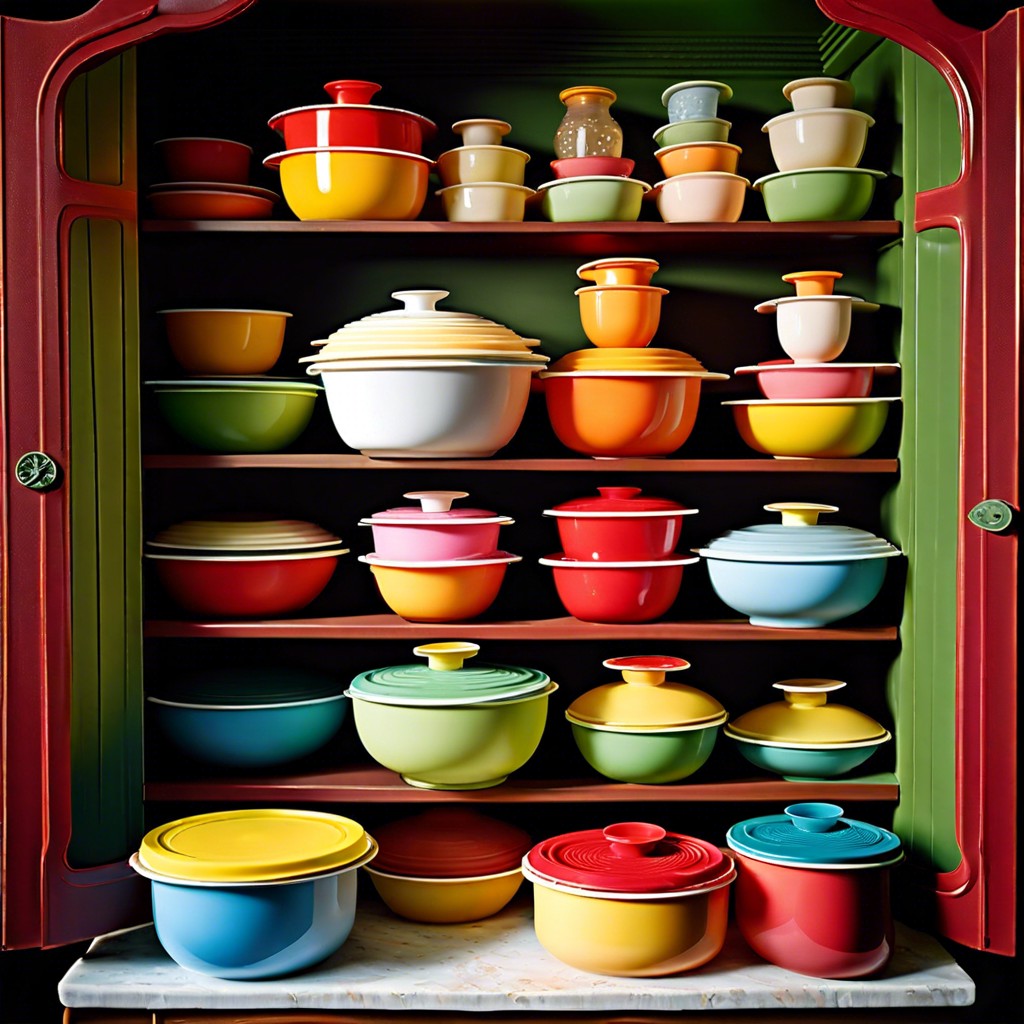
Tupperware revolutionized the concept of food storage at a time when refrigeration was becoming common in households. Its airtight seal technology helped minimize food waste and redefined kitchen organization standards. During the 1950s and 1960s, the Tupperware party model emerged as a groundbreaking marketing strategy that empowered women financially. It offered them a platform for socialization and income when opportunities were limited. Moreover, Tupperware’s durable design turned it into a symbol of post-war American consumerism, showcasing the shift towards convenience and modern living. The brand’s global presence also highlights its role in disseminating American domestic culture across borders.

